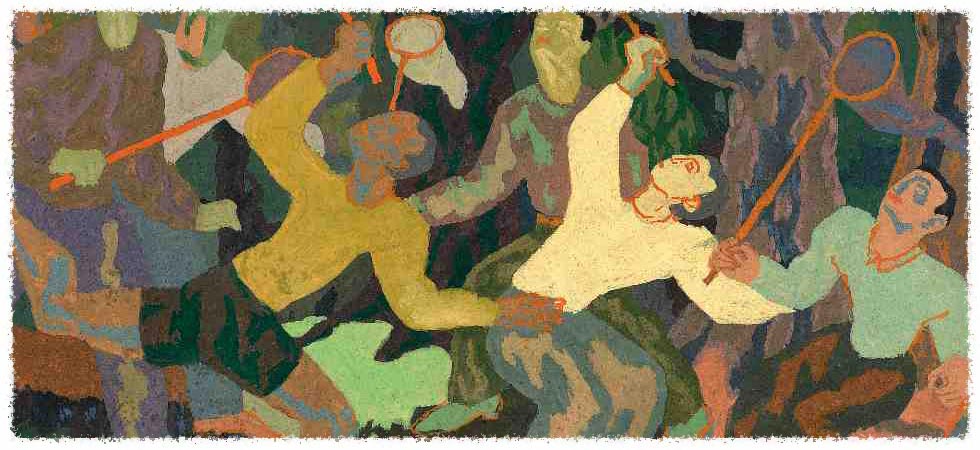
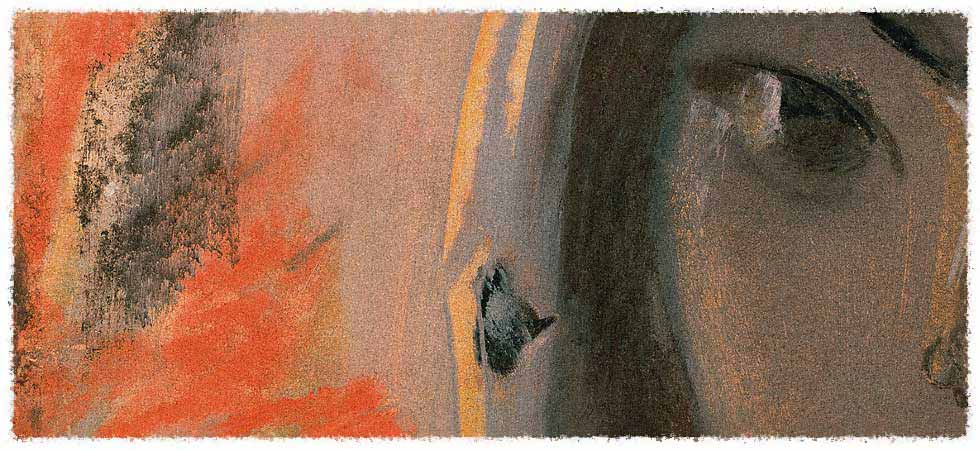

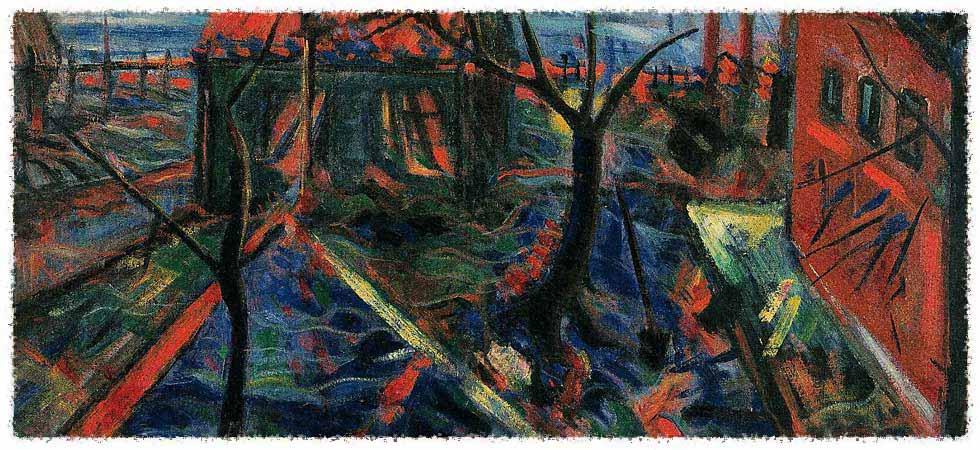
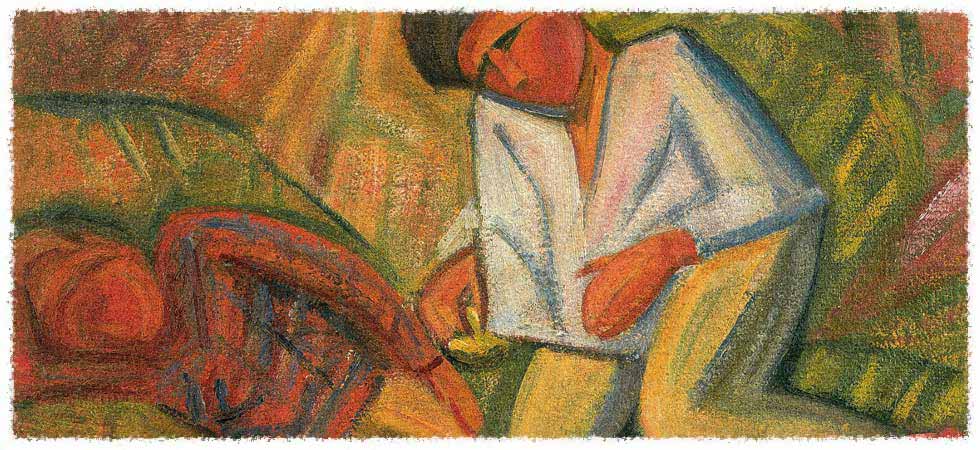
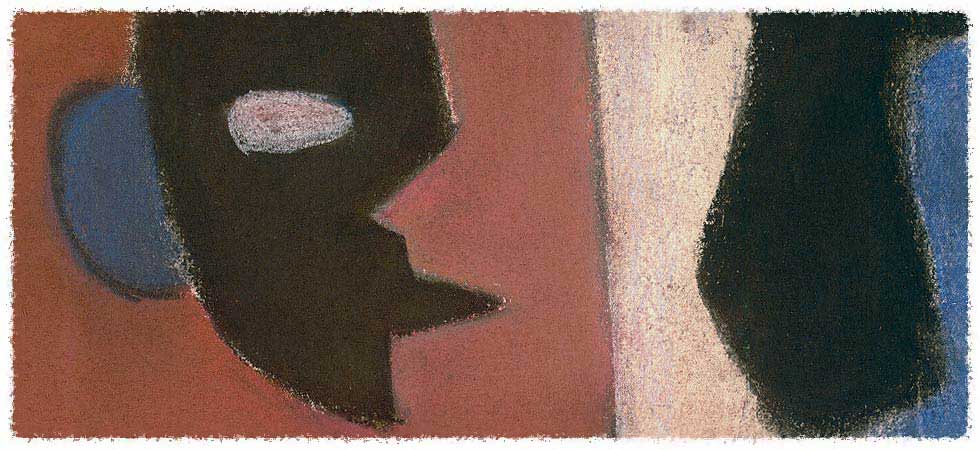
Arteology is the website of the New History of Art publishing program. The site offers both information about the books published as part of this program and different materials that come to light during the preparation of these books.
The program was launched in 2004 as an attempt to publish data about the little known pages of the twentieth-century Russian art. These pages grow into new chapters of history and unveil new layers of culture, overlooked by the modern times and yet capable of remodelling the whole history of arts.
The artists featured in the first books of the series are known among art historians, but are often unfamiliar to the wider public. This state of things appears to be the result of the censorship that governs the forming of the art history text corpus. This censorship could be called political if another, entirely ideological, connotation, weren’t assigned to this word in the twentieth-century art texts. It is rather a matter of different cultural intentions, strategies, texts, of different patterns of cultural practices developed in the twentieth century. What does political reality means? Is it a stage on which the artist reveals himself or is it a curtain hiding him? To what extent is the inclusion of the artist’s name into the corporate hierarchy of his time relevant for the new interpretation of history? Isn’t it time to give a critical appraisal to the deliberate or forced absence of the artist’s name from the communication representing the interests of the bureaucratic elite of that era?
The modern times are used to reading history of art texts through the lens of politics. But can the modern man read political texts based on his cultural experience? Can art create an optical system making it possible for the modern man to view the representation of reality as a competition of various agendas producing and implementing different meanings that determine his ways and forms of existence? Can we analyze the political action on culture not only in the past, but also in the present? All these issues are addressed in the New History of Art books.


